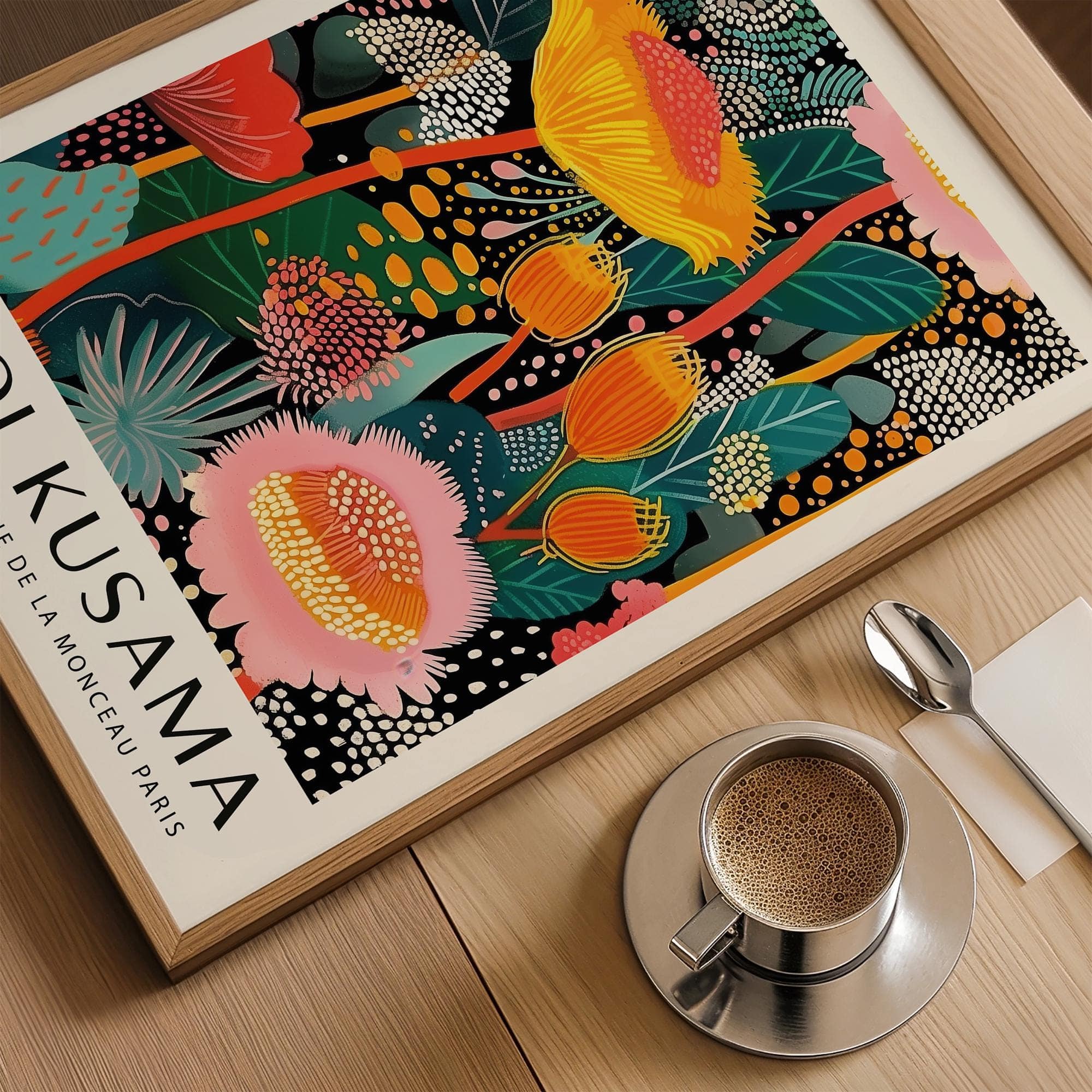Japanese woodblock flower prints are more than just decorative pieces—they are delicate, detailed expressions of Japan’s deep appreciation for nature, beauty, and craftsmanship. These works combine floral elegance with centuries-old techniques, bringing color and calm to your space in a way that feels both classic and fresh.
The Beauty of Japanese Woodblock Prints
Japanese woodblock prints, also known as ukiyo-e, have been admired for their precision, beauty, and storytelling. From landscapes and portraits to everyday scenes, these prints capture Japan’s culture with stunning detail. But among them, Japanese woodblock flower prints stand out for their gentle elegance.
These floral prints—featuring tulips, lilies, peonies, poppies, and more—are celebrated for their vibrant colors, graceful forms, and soft textures on paper. They were made using time-consuming hand-carving and hand-printing techniques that still inspire today.
What Are Japanese Woodblock Flower Prints?
A woodblock flower print is made by carving an image into wood, applying ink, and pressing it onto paper—layer by layer, color by color. Artists often used multiple blocks, one for each color, to build the final image. The results are stunning: rich, clean lines and colors that appear to glow from the paper.
Japanese woodblock flower prints focus on the simple beauty of flowers. They highlight form, composition, and color in ways that feel calm and natural. These prints are about slowing down, noticing the curve of a petal, or the exact way a poppy leans in the wind.
The Role of Japanese Art and Nature
Nature has always played a central role in Japanese art. Flowers in particular symbolize the seasons, emotions, and the fleeting nature of life. In Japanese woodblock prints, flowers are never just decoration—they carry meaning.


Each bloom has a story. The tulip might speak of elegance. The peony of wealth and honor. The poppy of quiet remembrance. These meanings are deeply rooted in Japanese culture.
Celebrating the Artists: Tanigami Konan and Kōno Bairei
Tanigami Konan
One of the most celebrated names in Japanese woodblock flower prints is Tanigami Konan. Active between 1879–1928, Konan was known for his soft, botanical illustrations that felt almost like scientific studies—but with a graceful, artistic touch.
Konan’s work often appeared in published books and print series. His flower prints show tulips, lilies, irises, and more. almost like pages from a collector’s field guide. They offer both beauty and information, perfect for art lovers and plant enthusiasts alike.
Kōno Bairei
Another beloved artist is Kōno Bairei, known for his work with both flowers and birds. Bairei was active in Kyoto and taught many younger artists. His prints blend natural detail with the calm composition that defines traditional Japanese aesthetics.
Whether showing a quiet moonlit branch or a soft peony in bloom, Bairei’s prints are known for their softness and depth. Many of his flower works are still viewed today as masterful examples of Meiji-era Japanese woodblock art.
From Paper to Page: Woodblock Prints in Books
Many of these flower prints were first published in book form. Artists would release series dedicated to specific flowers or seasonal collections. These books became ways for people to collect art at an affordable price, and they remain valuable resources today.


Collectors can still find signed prints or book pages from these artists, sometimes with handwritten notes or original titles. Each print is a window into Japan’s artistic past—one you can now bring into your own home.
Rare Finds and True Originals
Original Japanese woodblock flower prints can be rare. Look for prints that are signed, have publisher information, or include notes about the title, date, or artist. Some prints include gold accents, delicate lines, or fine paper textures you can only get from traditional printing methods.
You may also come across reprints or modern versions, often labeled as true or false. True refers to original-era works, while false might be copies made much later.
Popular Subjects in Flower Prints
Common flowers featured in woodblock prints include:
-
Tulips: Elegant and structured
-
Poppies: Soft, emotional, and symbolic
-
Lilies: Pure and strong
-
Peonies: Bold and rich with detail
-
Chrysanthemums: Tied to longevity and autumn


Each flower is often paired with symbolic elements like birds, the moon, or seasonal cues like snow or falling leaves.











































